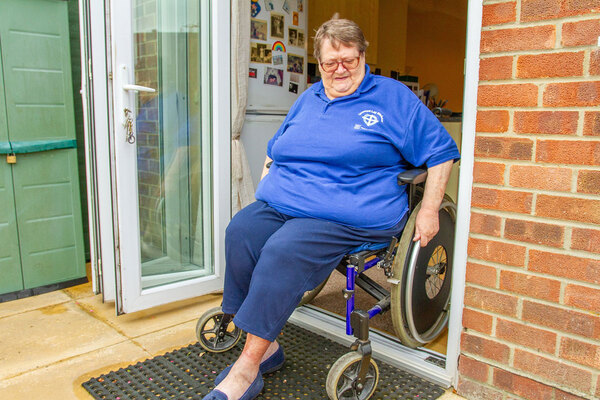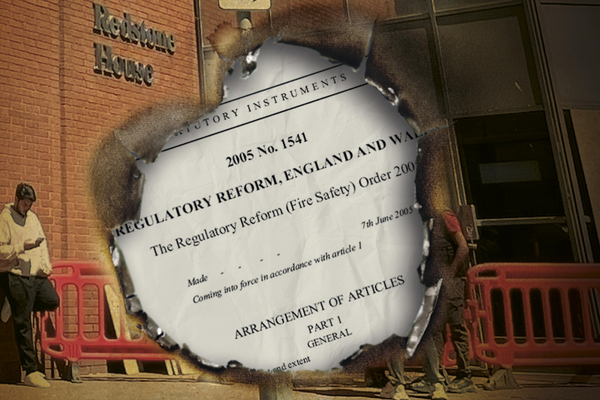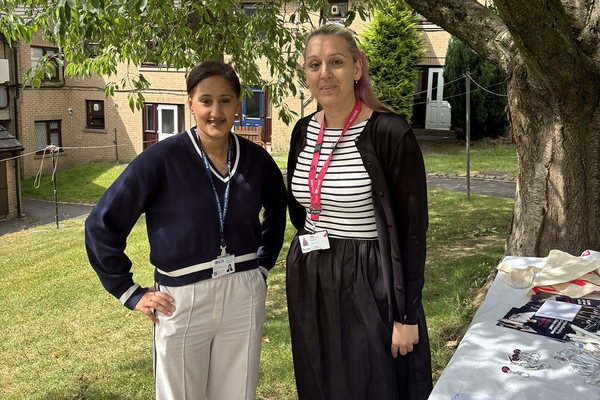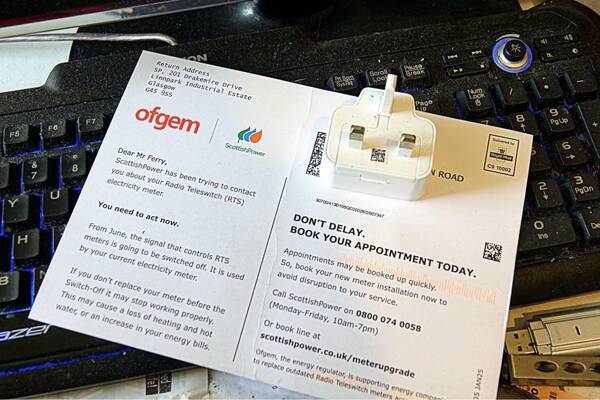Regional disparity in accessible homes predicted to rise over the next decade
New research analysing the delivery of accessible homes over the next decade predicts a tenfold rise between the most and least ambitious regions in England.
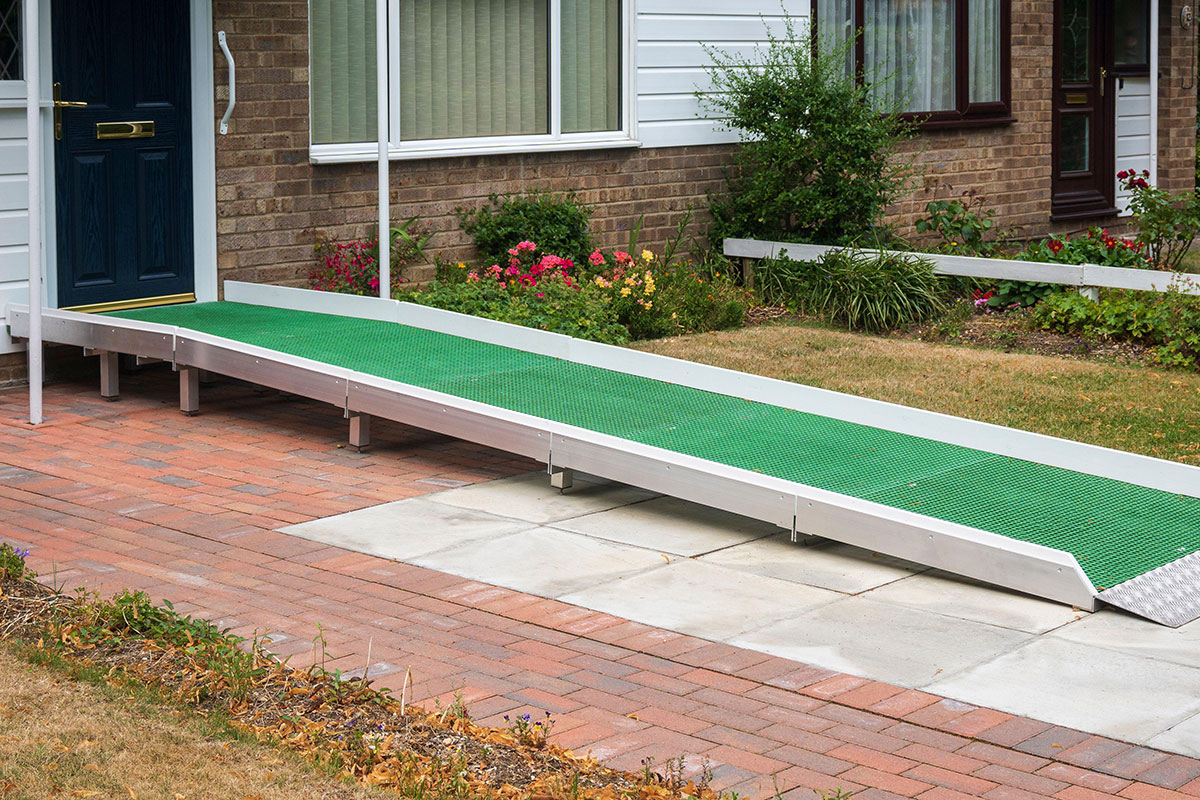
The research by Habinteg Housing Association, which specialises in accessible social housing, found that one new wheelchair-user home is planned for every 2,006 people in the North West compared with one in 210 people in London over the next decade.
Accessible homes are categorised as either M4(1), M4(2) or M4(3). The baseline is M4(1), which offers some basic accessibility features, but does not provide suitability for all.
M4(2) dwellings have more accessible and adaptable features, while M4(3) is considered the wheelchair-user standard.
The housing association is not the only sector organisations highlighting this issue. Charity Inclusion London has previously called on the government to ensure all new-build homes meet the M4(2) accessible and adaptable standard and at least 10% of all new-build homes meet the M4(3) wheelchair-user standard.
In this latest research, Habinteg tracked the use of these standards in English local housing and infrastructure plans. Of 311 plans, the landlord has predicted the maximum possible delivery of accessible homes over the next decade.
While the majority of local plans include some requirement for M4(2) and M4(3), around 40% of new homes planned over the next decade would not be built to these standards.
Up to 1,501,102 homes are forecast to be built to either M4(2) or M4(3) standard. However, the percentage increase for M4(3) will be lower.
Alongside regional variance, accessible-home plans vary across tenures. The report shows that the percentage of affordable homes due to be M4(3) is 8.9%, but the percentage for the open market is 3.3%.
Additionally, the report found some local authorities do not plan to build wheelchair-user homes for the open market at all.
Draft plans also had a higher percentage of accessible homes compared with plans that were actually adopted.
Kerry Thompson, a member of Habinteg’s insight group and a disability rights campaigner, said: “As a disabled person living in an accessible property that meets my needs, it scares me to think we are no closer to seeing a light at the end of something that should not be seen as a luxury.
“A roof over our heads should never be a privilege; it’s a fundamental human right. Every person deserves a place to call home.
“The numbers may tell a grim story, but our voices can rewrite the narrative. It’s crucial we work towards equitable housing for every individual, regardless of ability.”
The report did highlight a positive sign. If the country builds all the new homes currently planned under the best-case scenario, Habinteg calculates that 1.39 million more accessible and adaptable homes could be built by 2030. This would be an increase of 163% on 2020, when the forecast stood at 530,504.
Christina McGill, director of social impact and external affairs at Habinteg, said: “While it’s disappointing to see large variances regionally, it’s positive news that there is planning for greater numbers of both accessible and adaptable and wheelchair-user homes.
“This progress is likely due to the previous government’s pledge in 2022 to raise the accessibility standard of all new homes to the accessible and adaptable standard.
“This plan has not been implemented, so the current default for all new homes remains the M4(1) ‘visitable’ standard, which is not going to be adequate to meet the changing needs of the population.”
Similar research by the Centre for Ageing Better non-profit organisation found that the difference between the number of disabled people in England and the number of fully accessible homes has grown by more than two million in just over a decade.
This gap was particularly large in the North West, which had 1.63 million more disabled people than fully accessible homes, closely followed by the West Midlands and Yorkshire and Humberside, with 1.3 million.
Sign up for our care and support newsletter
Already have an account? Click here to manage your newsletters
Latest stories
